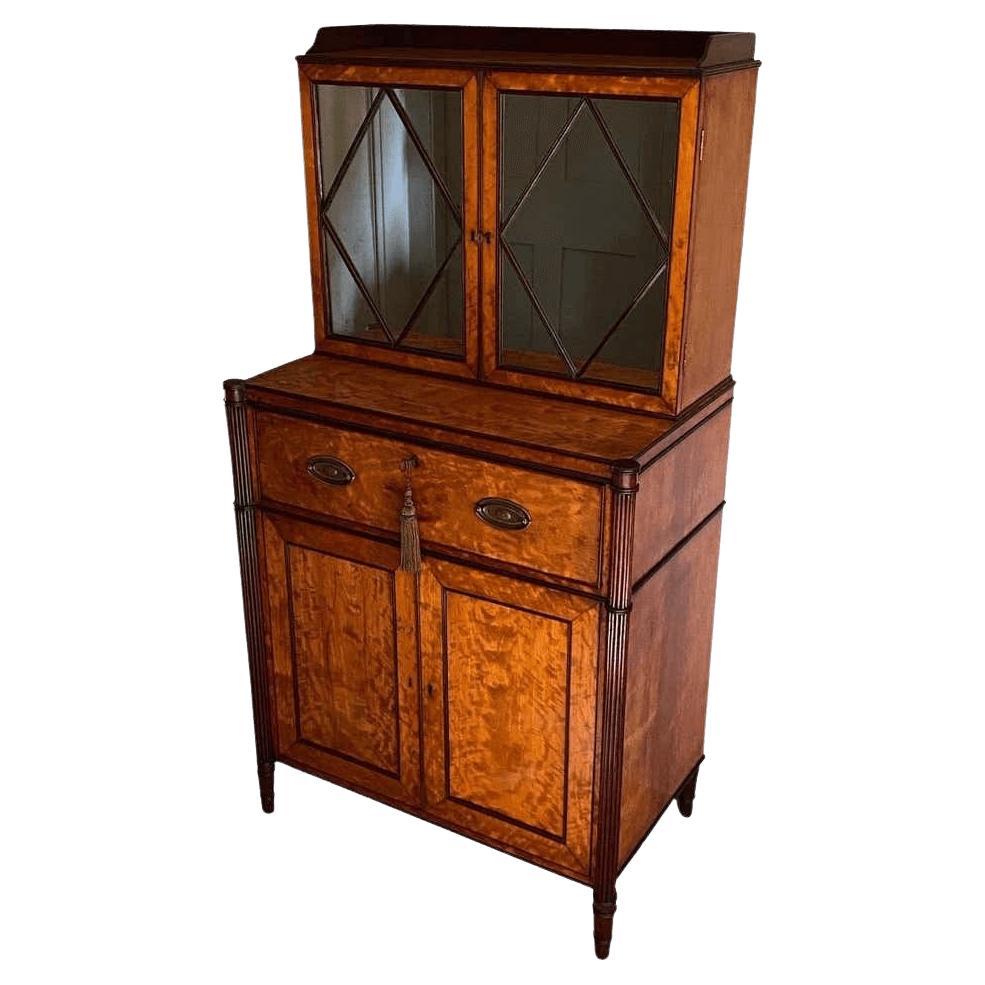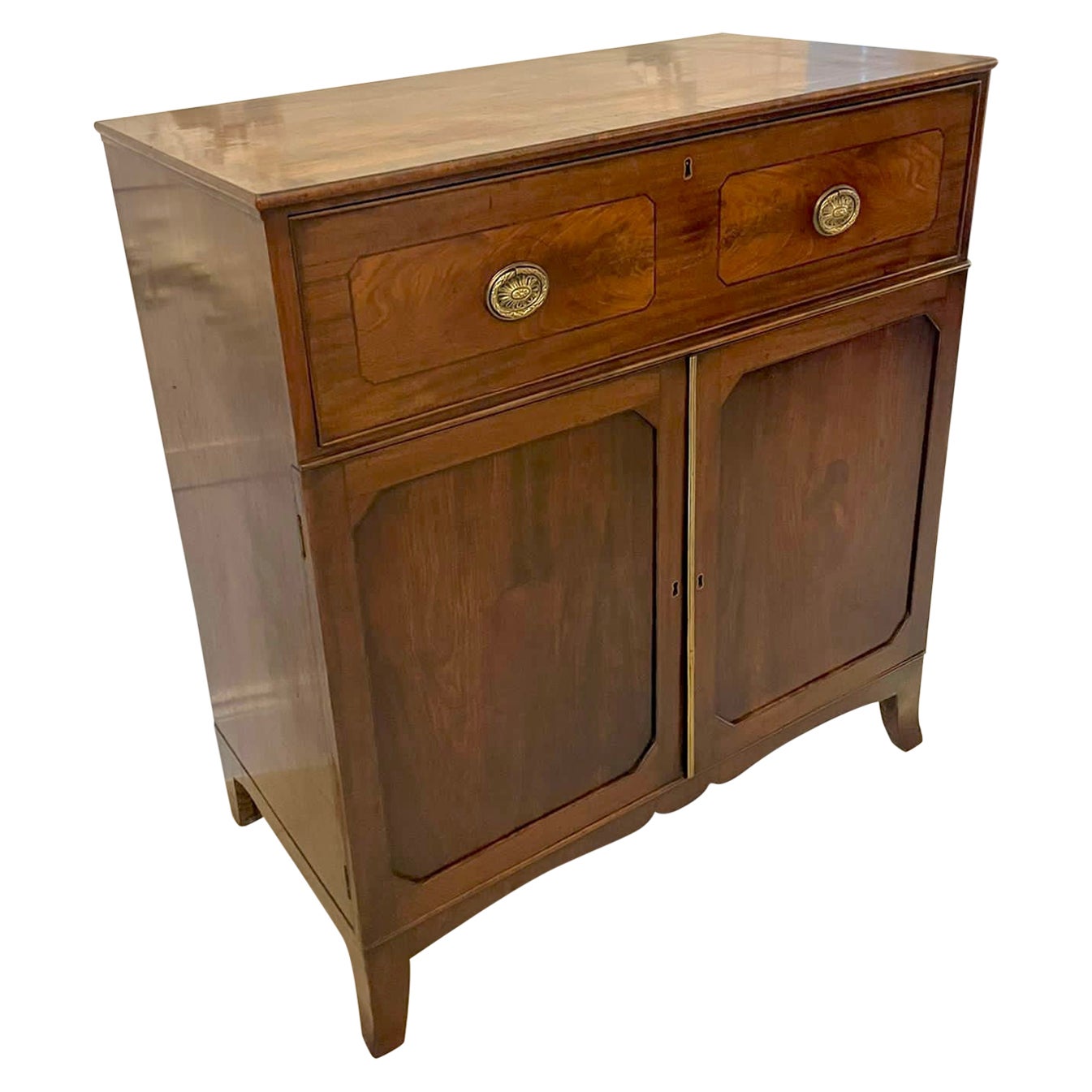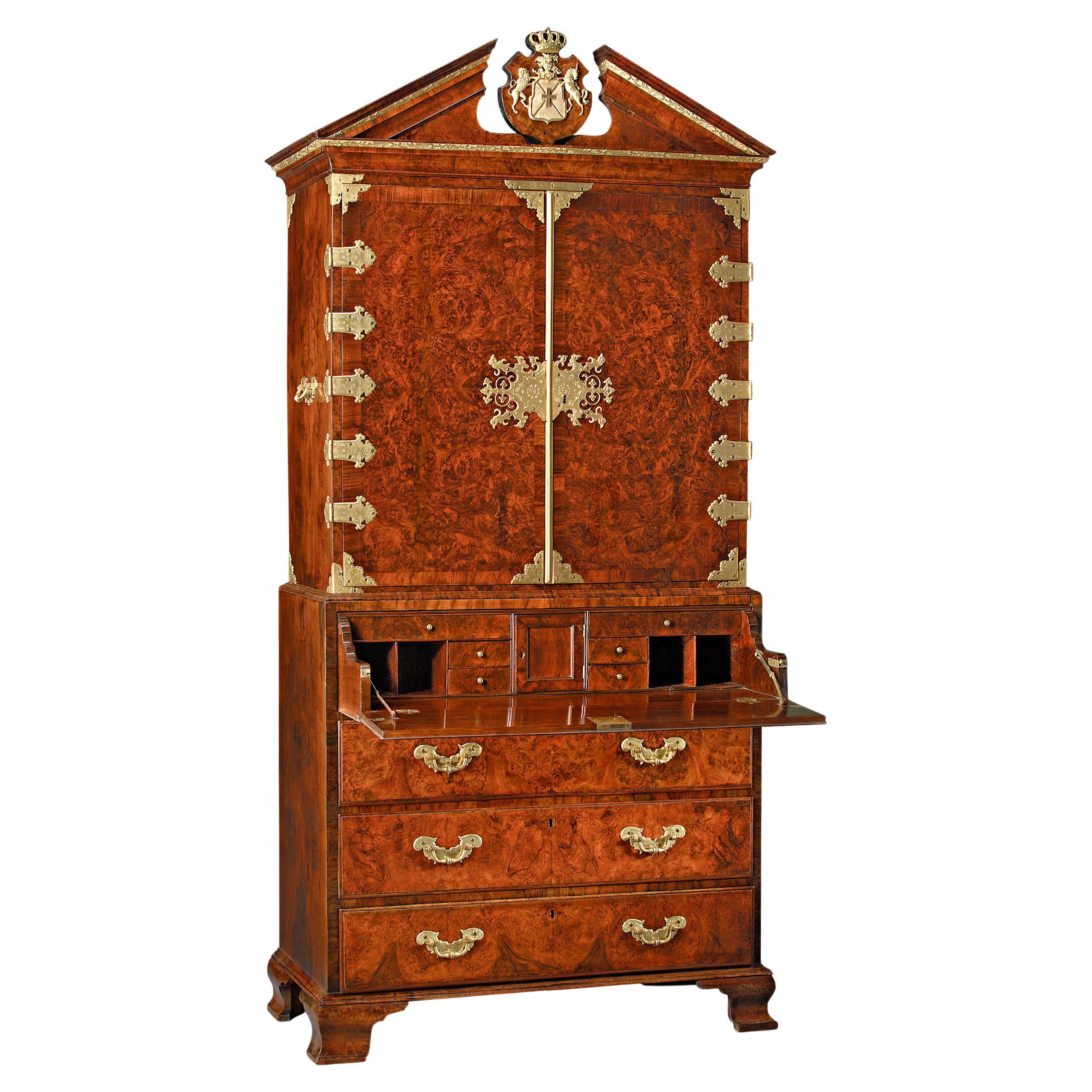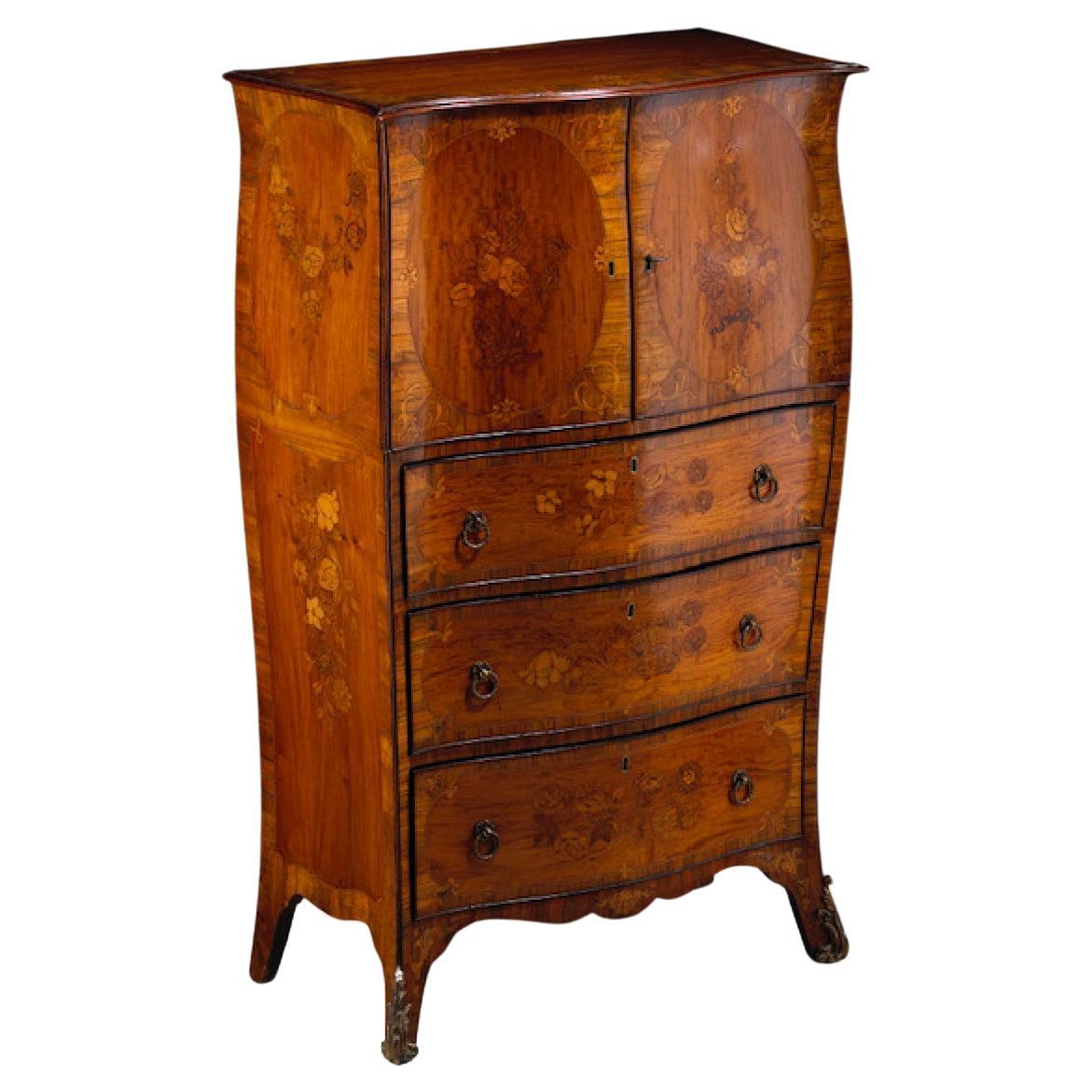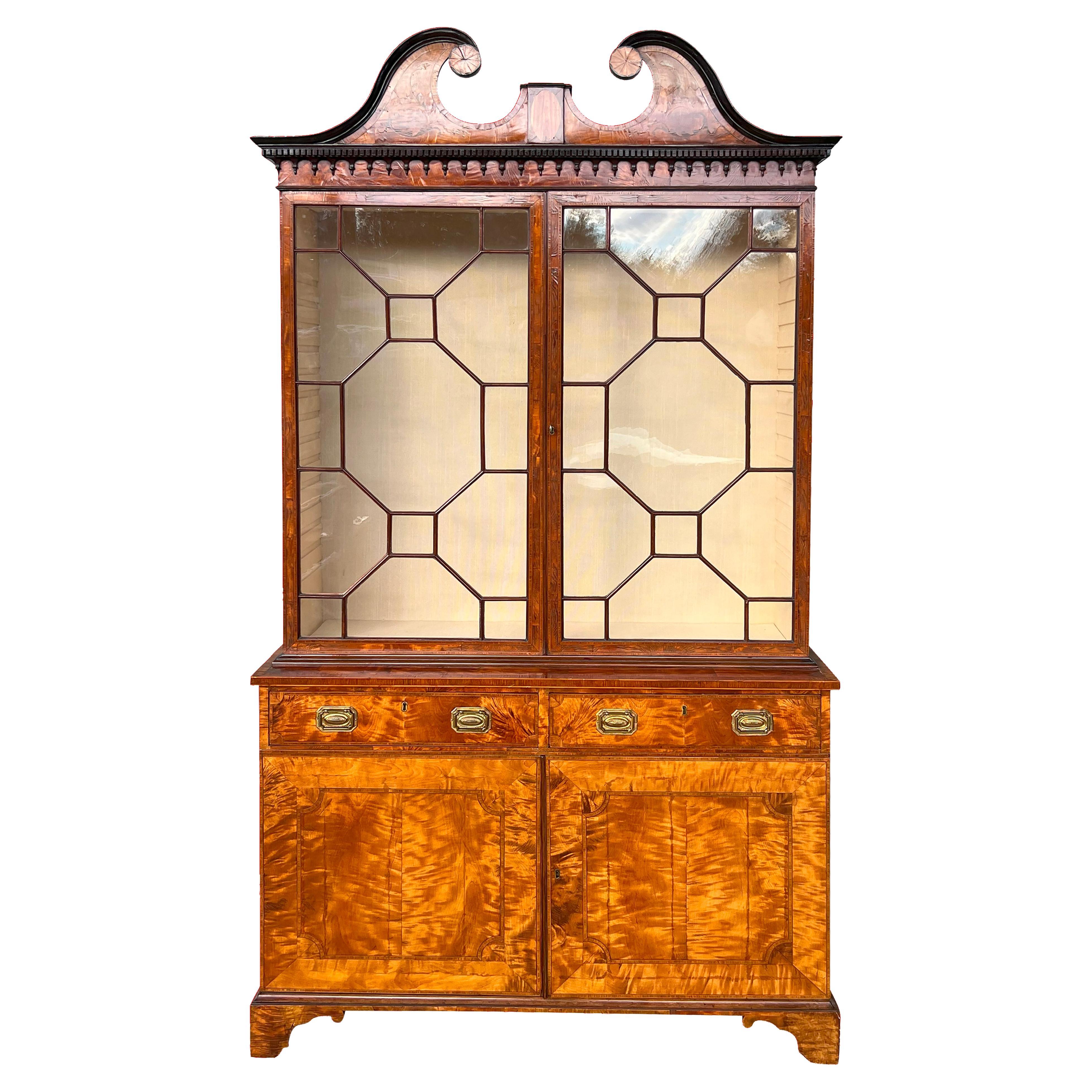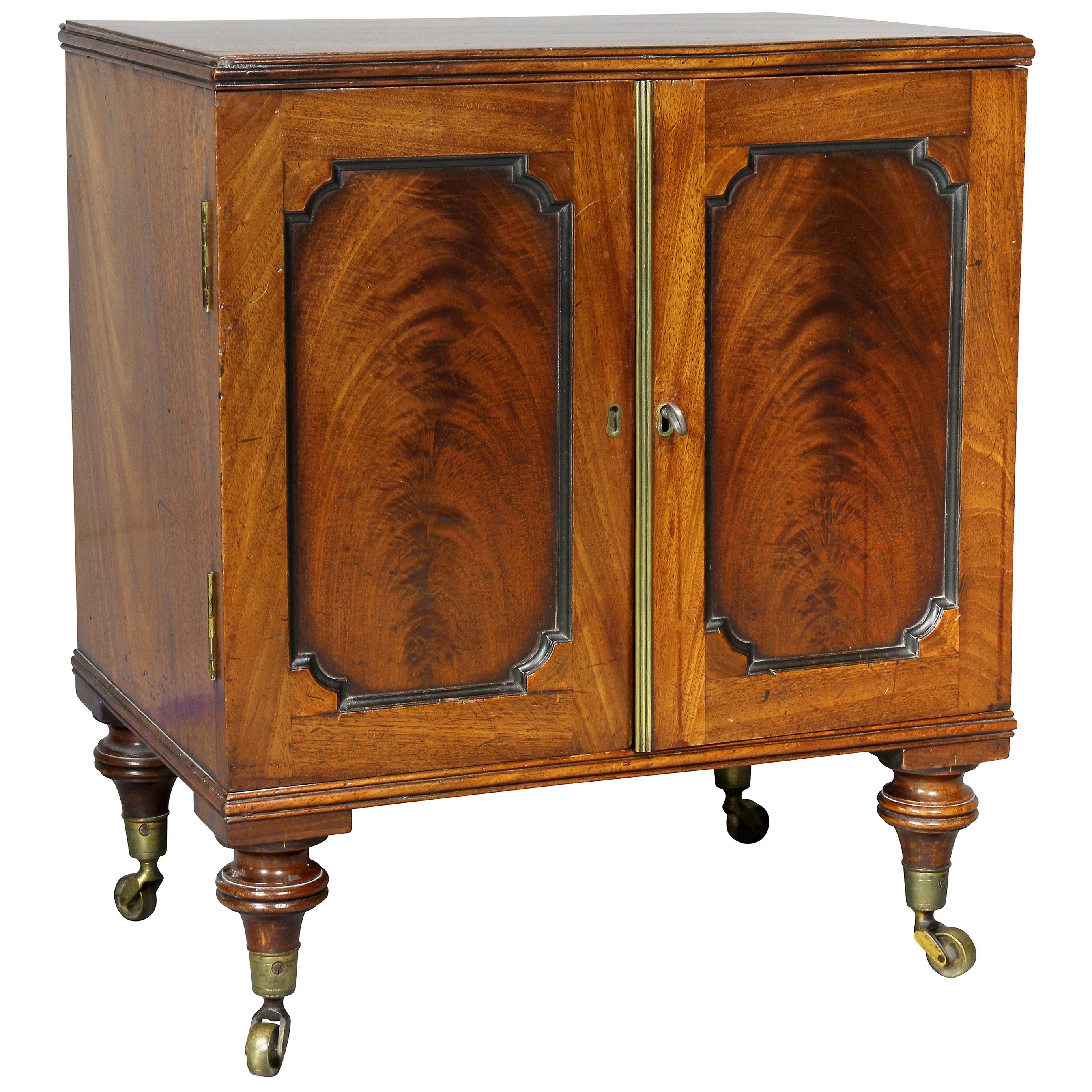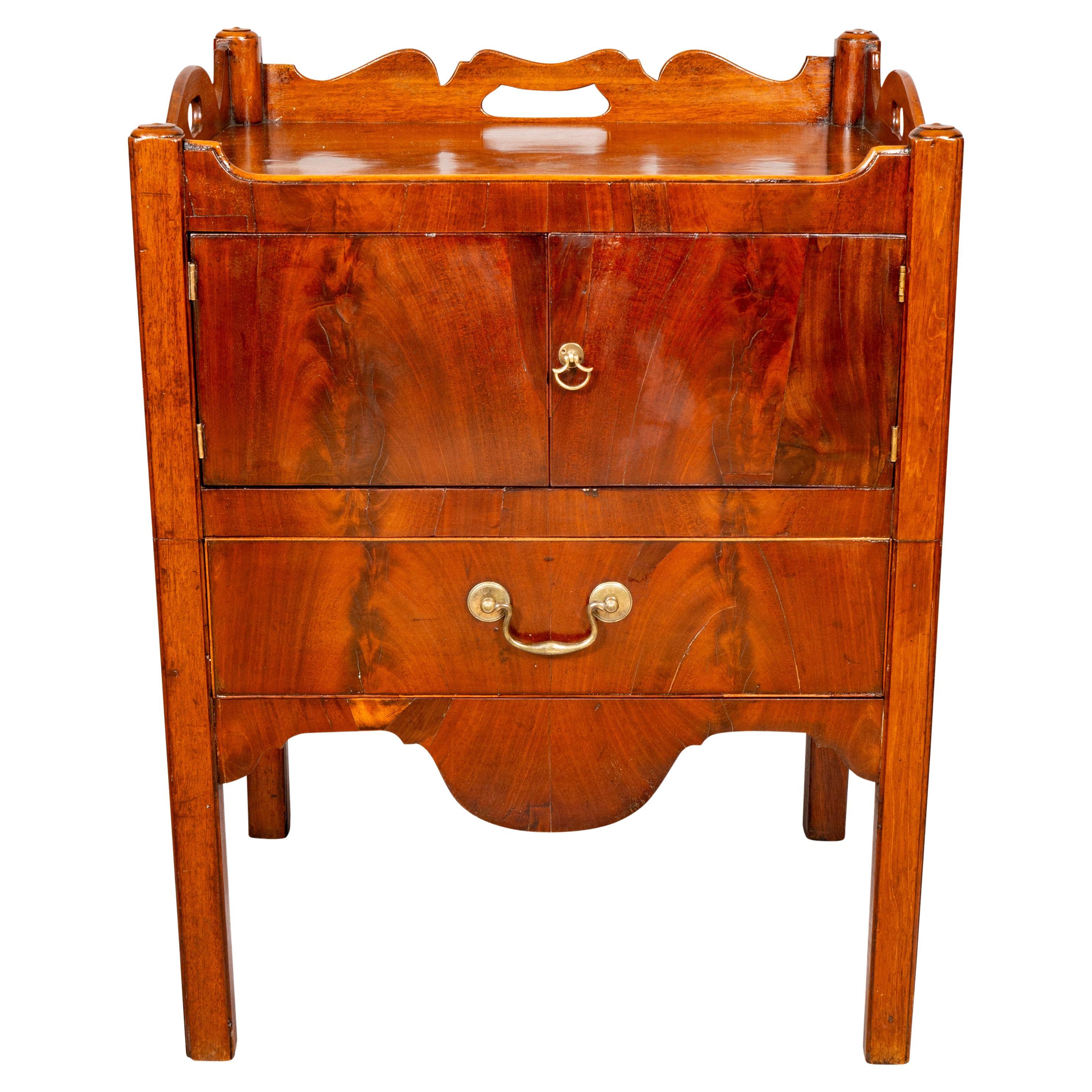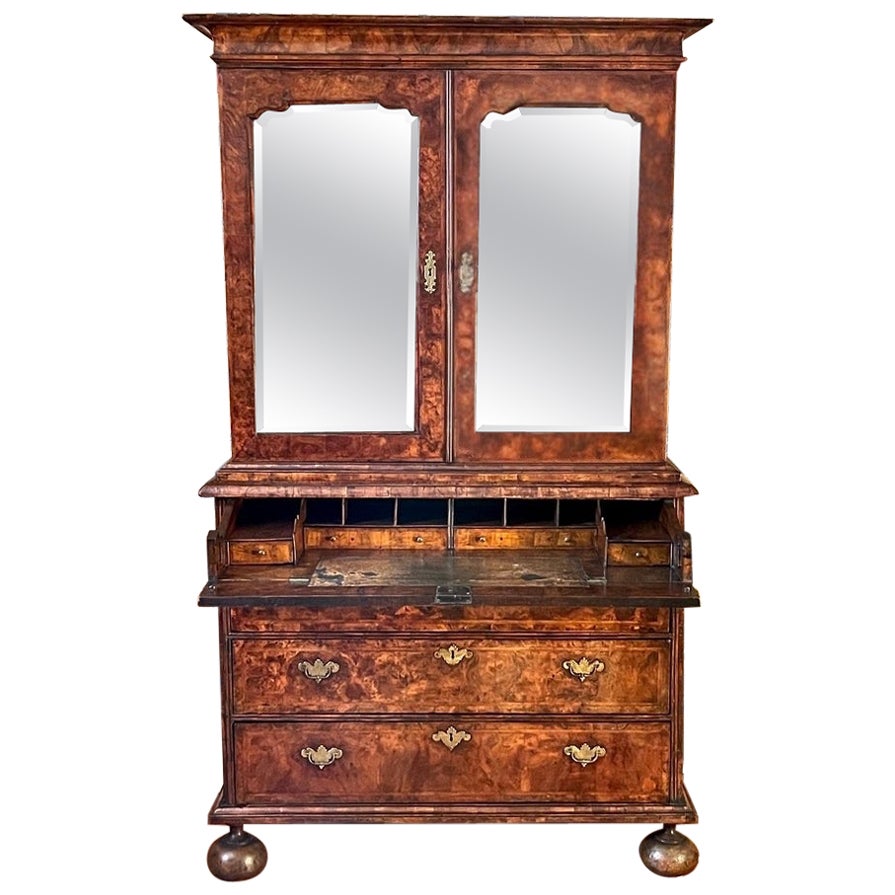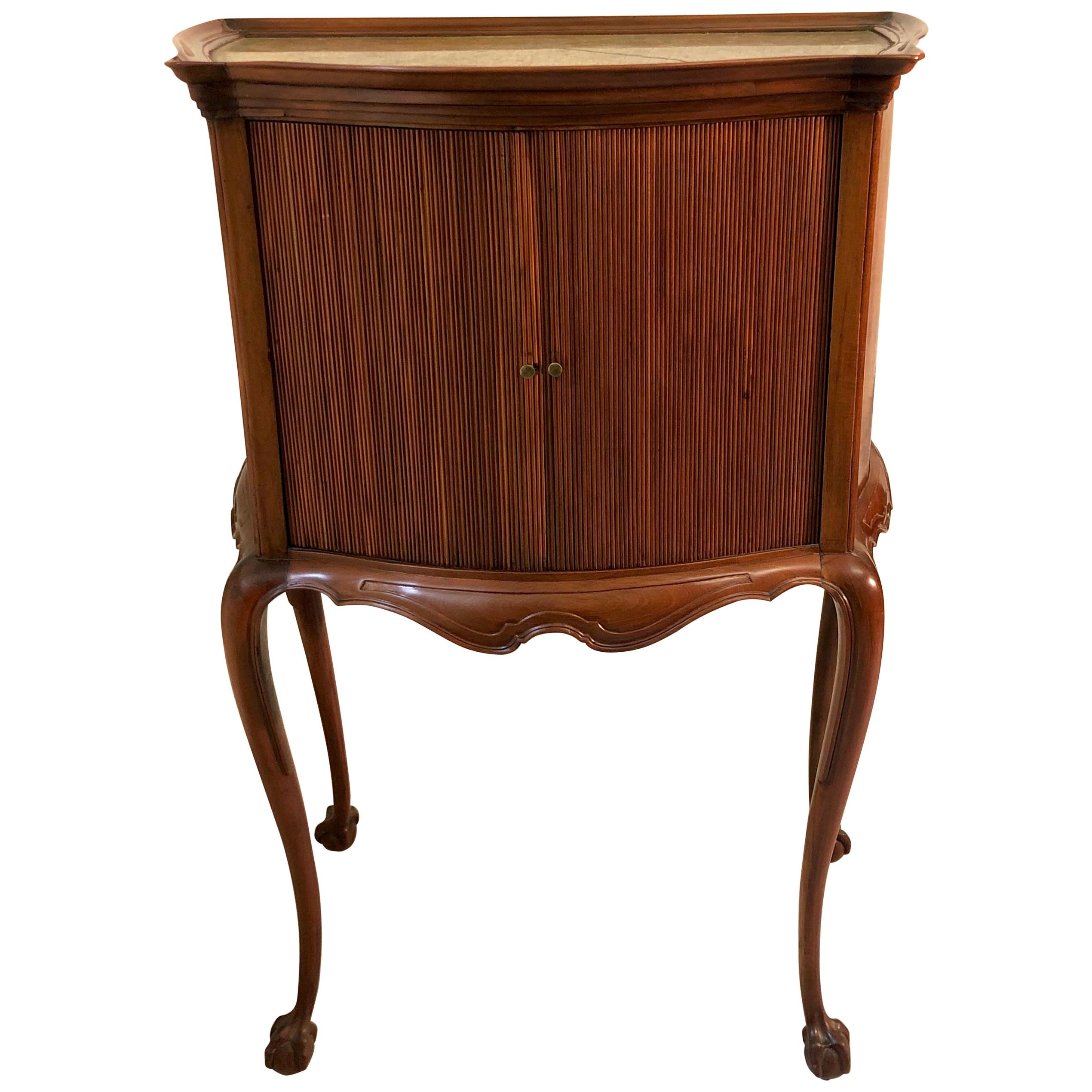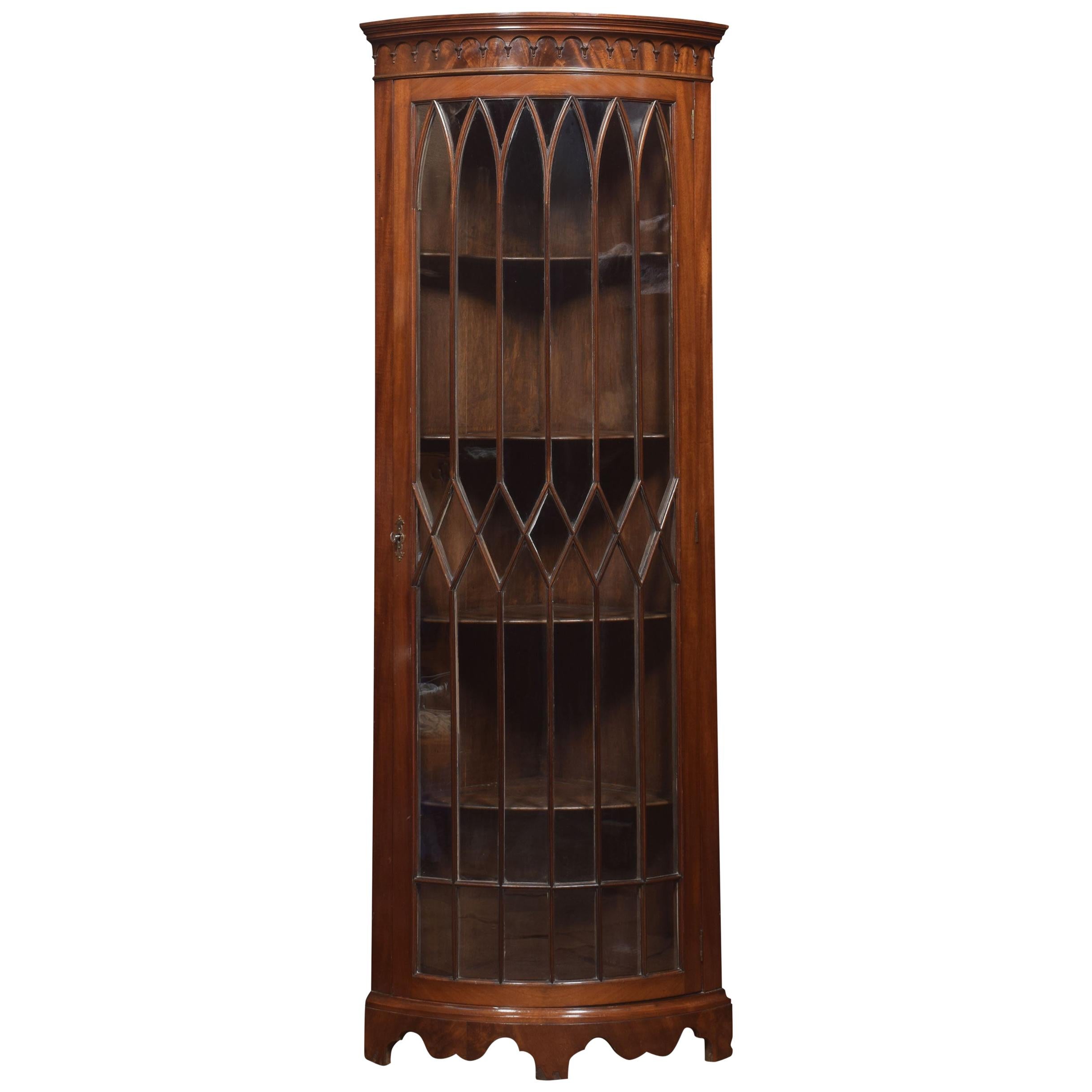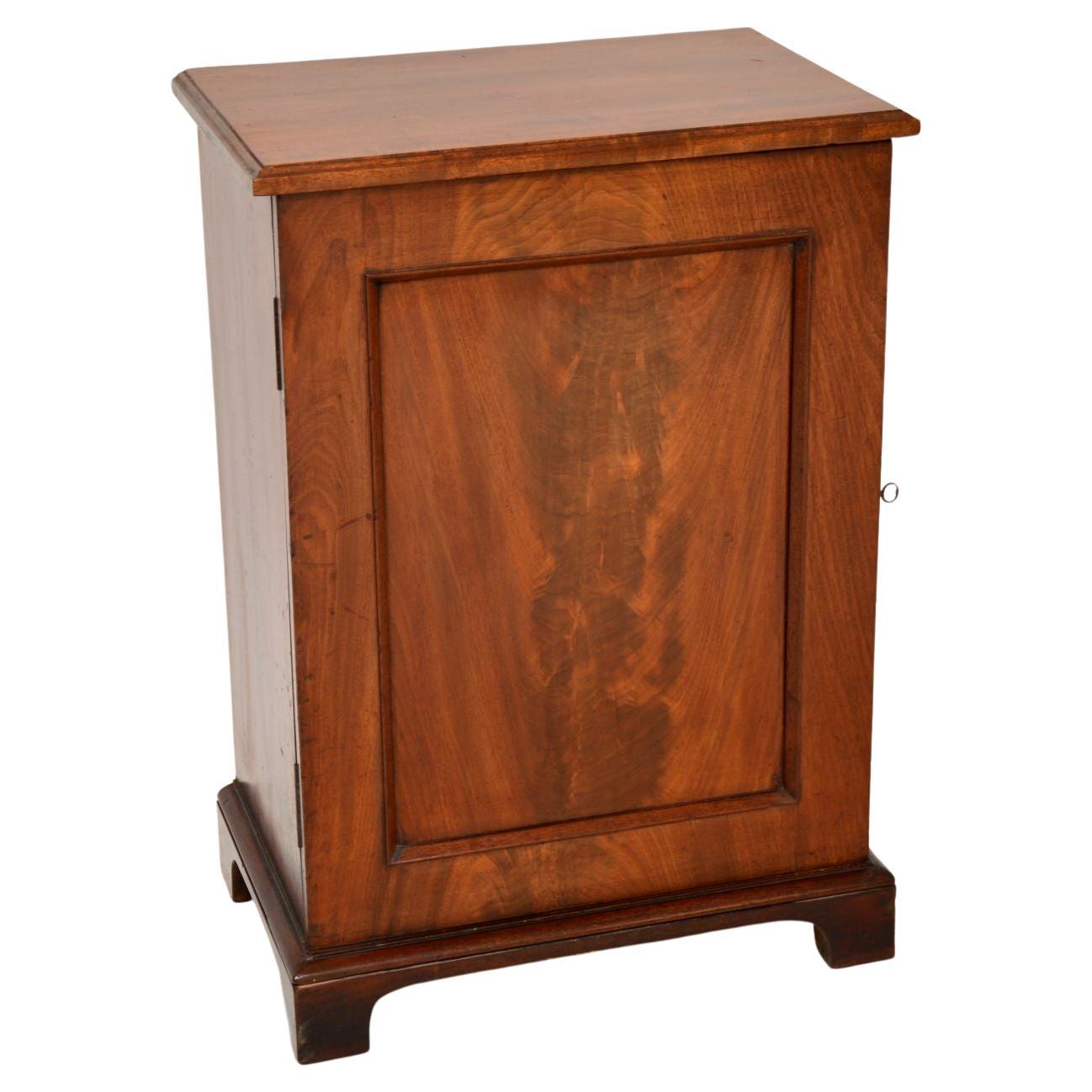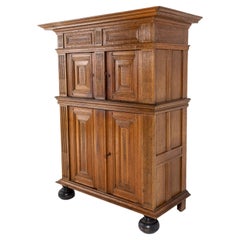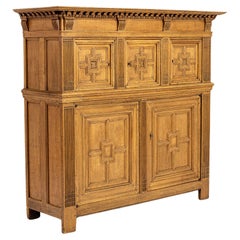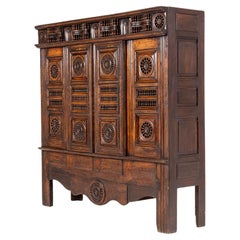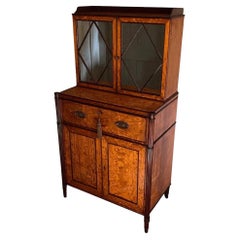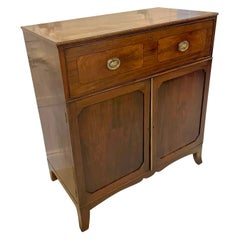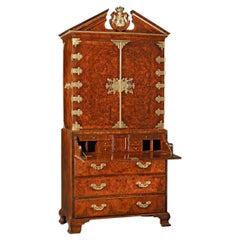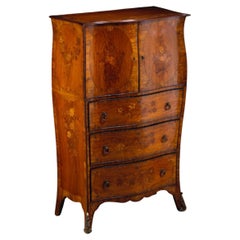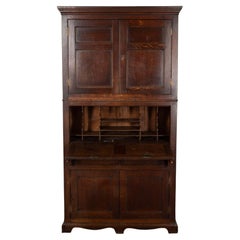
George III Oak Secretaire Estate Cabinet
View Similar Items
Want more images or videos?
Request additional images or videos from the seller
1 of 12
George III Oak Secretaire Estate Cabinet
About the Item
- Dimensions:Height: 76.38 in (194 cm)Width: 40.16 in (102 cm)Depth: 16.15 in (41 cm)
- Style:Country (In the Style Of)
- Materials and Techniques:
- Place of Origin:
- Period:
- Date of Manufacture:1810
- Condition:
- Seller Location:Gloucestershire, GB
- Reference Number:Seller: DB09243471stDibs: LU961431142552
About the Seller
4.9
Vetted Professional Seller
Every seller passes strict standards for authenticity and reliability
1stDibs seller since 2013
188 sales on 1stDibs
Typical response time: 11 hours
Authenticity Guarantee
In the unlikely event there’s an issue with an item’s authenticity, contact us within 1 year for a full refund. DetailsMoney-Back Guarantee
If your item is not as described, is damaged in transit, or does not arrive, contact us within 7 days for a full refund. Details24-Hour Cancellation
You have a 24-hour grace period in which to reconsider your purchase, with no questions asked.Vetted Professional Sellers
Our world-class sellers must adhere to strict standards for service and quality, maintaining the integrity of our listings.Price-Match Guarantee
If you find that a seller listed the same item for a lower price elsewhere, we’ll match it.Trusted Global Delivery
Our best-in-class carrier network provides specialized shipping options worldwide, including custom delivery.More From This Seller
View All17th Century Dutch Oak Cabinet
Located in Gloucestershire, GB
A 17th century Dutch oak cabinet of nice small proportions and finely balanced carvings to the moulded panel doors. Having a moulded cornice top abov...
Category
Antique 17th Century Cabinets
Materials
Oak
18th Century Dutch Oak Cabinet
Located in Gloucestershire, GB
A Splendid 18th Century Dutch Oak Cabinet of Panelled Form.
This interesting cabinet is of 18th century date and Dutch manufacture and ...
Category
Antique 18th Century Cabinets
Materials
Oak
19th Century English Oak Side Cabinet
Located in Gloucestershire, GB
A 19th Century English Oak side Cabinet or Credenza.
This fine piece has a glazed central section ideal for use as a display cabinet, and two wooden doors concealing cupboards with ...
Category
Antique 19th Century Cabinets
Materials
Oak
19th Century French Breton Oak Cabinet
Located in Gloucestershire, GB
An Interesting 19th Century French Breton Oak Cabinet with Exceptional Bobbin Turned Detail.
This lovely small cabinet is made of the finest quality oak with the majority of the dec...
Category
Antique 19th Century Cabinets
Materials
Oak
18th Century English Oak Cabinet on Chest
Located in Gloucestershire, GB
An 18th Century English Oak Cabinet on Chest with Panelled Detailing.
The upper section has an overhanging cornice, a plain frieze and then three panelled designs, above simpler squ...
Category
Antique 18th Century Cabinets
Materials
Oak
18th Century Swedish Cabinet
Located in Gloucestershire, GB
Exceptional Swedish 18th Century cabinet in its untouched and original paintwork.This superb piece features a wonderfully carved pediment that sits above two beautiful doors that are...
Category
Antique Late 18th Century Swedish Country Cabinets
Materials
Wood
You May Also Like
Fine Gillows George III Period Satinwood Secretaire Cabinet
Located in Lymington, GB
An exceptional English Sheraton-period satinwood secretaire cabinet. Attributed to Gillows.
Late-18th century, George III, ca 1790.
Measures:
H 59 1/2’’ (151 cm)
W 30’’ (76 cm)
D 19’’ (49 cm).
This small, beautifully-proportioned, and sophisticated antique writing cabinet...
Category
Antique Late 18th Century English George III Secretaires
Materials
Satinwood
Antique George III Quality Figured Mahogany Secretaire Desk/Cabinet
Located in Suffolk, GB
Antique George III quality figured mahogany secretaire desk/cabinet having a quality figured mahogany crossbanded top with a moulded edge above a secretaire drawer with original bras...
Category
Antique 19th Century English George III Cabinets
Materials
Other
King George I Ambassadorial Secrétaire-Cabinet
Located in New Orleans, LA
This highly important secrétaire-cabinet was crafted for and specially ordered by King George I for the British Ambassador to Russia. From its craftsmanship and materials to its exceptional artistry, it is a work of royal and historic significance that exudes power in each and every detail. The broken pediment at its apex features the simplified royal coat of arms bearing the king’s crown, while the interior is adorned by portraits of the British Royal Family. Placed within the ambassador’s St. Petersburg home, this entirely unique piece of furniture would have been a potent reminder of England's grandeur and political importance.
Relations between England and Russia during this period were at an all-time high. Peter the Great had traveled to England in 1698 as part of his widely known “Grand Embassy” tour, wherein he attempted to gain foreign support against the Ottoman Empire. He spent a period of nearly four months there, meeting with King William III and his court on numerous occasions. Noted academic Arthur MacGregor wrote concerning the impact of the trip, “For two decades following Peter's visit, British influence in Russia reached a peak. It manifested itself in social custom, in craft practice and in ships and naval organization... it reached a significant sector of the population before relations cooled once again and the two nations pulled back from this era of unprecedented cordiality.”
First and foremost, however, it is a reminder of British might and influence. By the reign of King George I, England had come into its own as a world power. Unique in its design, this cabinet is a reflection of the country’s might. It is crafted from the highest-quality solid walnut and burr walnut adorned by gilded lock plates and engraved hinges. The presence of ormolu at its apex and lining the doors was a rarity for this period, and its addition makes manifest the importance of the design.
The outer doors open to reveal multiple interiors, including fifteen separate drawers around a central cupboard; the cupboard doors each bear mezzotint portraits of George I and his father, Ernest Augustus, Elector of Hanover. An etching after the portrait of George I dating to circa 1716 is in London’s Royal Academy. A second, inner pair of doors are adorned by mezzotints of the Prince and Princess of Wales (later Queen Caroline and George II), which are both after portraits by Sir Godfrey Kneller dated 1716 in the Royal Collection. A final portrait is revealed on the very interior of the cabinet, where a mezzotint of Frederick, Anne, Amelia and Caroline, children of the Prince of Wales, resides. An etching (circa 1715-1720) after this portrait can be found in the National Portrait Gallery (London).
Apart from its abundance of royal portraiture, the cabinet features stunning painted decoration, including floral designs as well as clouds, birds and trees in a bucolic motif reminiscent of Eden. Its lower portion is a study in both form and function, featuring a fitted secrétaire-drawer above three additional drawers for storage. The cabinet appears in The Shorter Dictionary of English Furniture by R. Edwards from 1964, a text that is regarded as the bible of British furniture design. Edwards describes it as a “writing cabinet...given by George I to the British Ambassador at the Russian court.”
The cabinet was likely made for the 18th-century German diplomat and writer Friedrich Christian Weber, who represented English interests at the Russian court from 1714 until 1719. Although Weber’s tenure as ambassador was relatively short, while in St. Petersburg, he authored his account entitled Das veraenderte Russland (The Present State of Russia), which was published in three volumes in 1721, 1739 and 1740. It may, however, also have been made for George Douglas, 2nd Earl of Dumbarton, who served as ambassador alongside Weber in 1716. Diplomatic relations ceased between the two countries in 1721.
In 1928, the cabinet appeared for sale at the International Exhibition of Antiques & Works of Art in Olympia. It had previously been in the collection of the Woltner family of Bordeaux, the celebrated vintners who owned the estate Château Laville Haut-Brion and produced wine of the same name. According to the family, Monsieur Woltner was given the cabinet as a gift from an aunt who lived in Russia for many years. After leaving the Woltner collection, the cabinet was acquired by William Berry...
Category
Antique 18th Century English Georgian Secretaires
Materials
Brass
George III Yew Wood, Satinwood and Floral Marquetry Bombe Secretaire Cabinet
By Ince & Mayhew
Located in Reepham, GB
A charming George III yew wood, satinwood and floral marquetry bombe secretaire cabinet circa 1770 attributed to Ince and Mayhew. The shaped top has elegant eared corners above a pair of cupboard...
Category
Antique Late 18th Century European Cabinets
Materials
Satinwood, Yew
George III Satinwood Cabinet
Located in Essex, MA
In two parts. The upper section with a broken arch cornice with inlaid pinwheels at the termination of the scrolls. Central oval inlay in the center. Two glazed and mullioned doors i...
Category
Antique 1780s English George III Cabinets
Materials
Satinwood
$24,000
George III Mahogany Bedside Cabinet
Located in Huntington, NY
George III mahogany bedside cabinet with brass accents.
Category
Antique Late 18th Century English George III Side Tables
Materials
Brass
$3,570 Sale Price
30% Off
